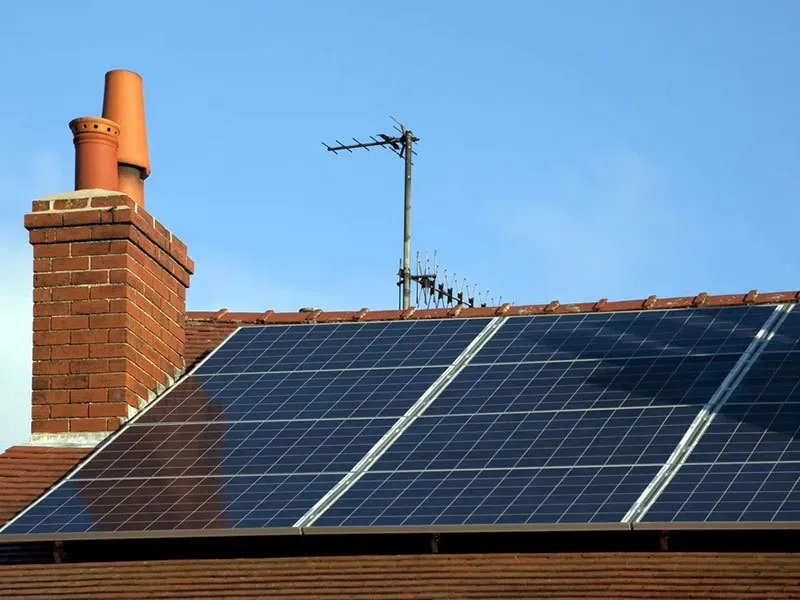Comparing Micro Inverters and String Inverters for Solar Energy Systems Installation and Performance
Micro Inverter Solar vs. String Inverter A Comprehensive Comparison
When it comes to solar energy systems, one of the critical decisions that homeowners and businesses face is choosing the right type of inverter. The inverter plays a vital role in converting the direct current (DC) electricity generated by solar panels into alternating current (AC) electricity, which is compatible with the power grid and home appliances. Two popular types of inverters are micro inverters and string inverters, each with its own advantages and disadvantages. Understanding these differences can help you make an informed decision for your solar energy system.
Micro Inverter An Overview
Micro inverters are small devices that are attached to each individual solar panel. This technology allows each panel to operate independently, optimizing its performance irrespective of the conditions affecting other panels. In a system with micro inverters, if one panel is shaded or performing poorly, it doesn't significantly impact the output of the other panels.
The benefits of micro inverters include increased energy production, as they allow panels to maximize their energy harvest based on real-time performance. Additionally, they simplify monitoring, as each panel can be tracked individually, providing valuable data about energy production and potential issues. Furthermore, micro inverters often come with a longer warranty, reflecting their reliability and advanced technology.
However, micro inverters can be more expensive upfront compared to string inverters due to the need for multiple units for a whole system. Installation can also be more complex, as it requires individual connections for each panel.
String Inverter An Overview
micro inverter solar vs string inverter

String inverters, on the other hand, are a more traditional and widely-used option in solar power systems. They work by connecting multiple solar panels in a series (or string). The collective output of these panels is then fed into a single inverter that converts the DC electricity to AC electricity for use in a home or business.
One of the primary advantages of string inverters is their cost-effectiveness. They are generally less expensive to purchase and install than micro inverters, making them a popular choice for many residential and commercial installations. Maintenance can also be simpler, as there is only one inverter to monitor and maintain.
However, string inverters have a significant drawback the performance of the entire system can be compromised if one panel is shaded or malfunctions. This shading effect can lead to reduced energy output, particularly in installations where panels are not perfectly oriented or where trees and buildings may cause intermittent shading.
Choosing the Right Inverter for Your Needs
The decision between micro inverters and string inverters largely depends on individual circumstances, such as location, budget, and specific energy needs. Micro inverters tend to be more beneficial in installations where panels might experience shading, where roof orientation varies significantly, or for homeowners who wish to maximize energy production. They are also ideal for systems that may expand in the future, as additional panels can be added with their own micro inverters.
String inverters may be more suitable for systems where shading is not a significant concern, and for those looking for a more cost-effective initial investment. They work well in areas with ample sunlight and uniform panels.
In conclusion, both micro inverters and string inverters have their place in the solar energy market. Understanding the differences, along with the specific needs of your solar installation, will guide you towards the right choice for optimizing your solar energy investment. Whether you opt for the advanced capabilities of micro inverters or the traditional reliability of string inverters, incorporating solar technology into your energy solution is a step towards sustainability and reduced electricity costs.
-
Unlocking Energy Freedom with the Off Grid Solar InverterNewsJun.06,2025
-
Unlock More Solar Power with a High-Efficiency Bifacial Solar PanelNewsJun.06,2025
-
Power Your Future with High-Efficiency Monocrystalline Solar PanelsNewsJun.06,2025
-
Next-Gen Solar Power Starts with Micro Solar InvertersNewsJun.06,2025
-
Harnessing Peak Efficiency with the On Grid Solar InverterNewsJun.06,2025
-
Discover Unmatched Efficiency with the Latest String Solar InverterNewsJun.06,2025







